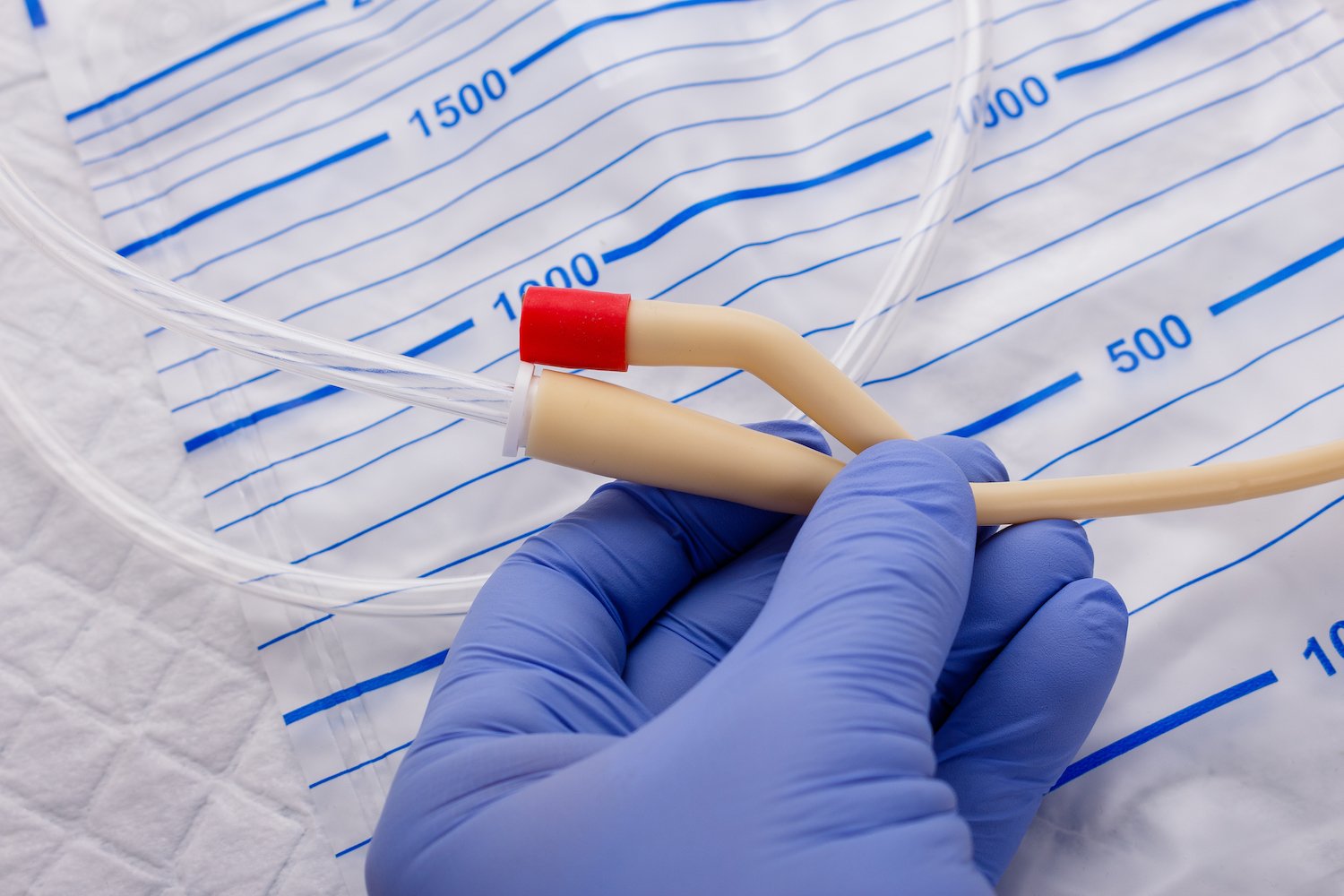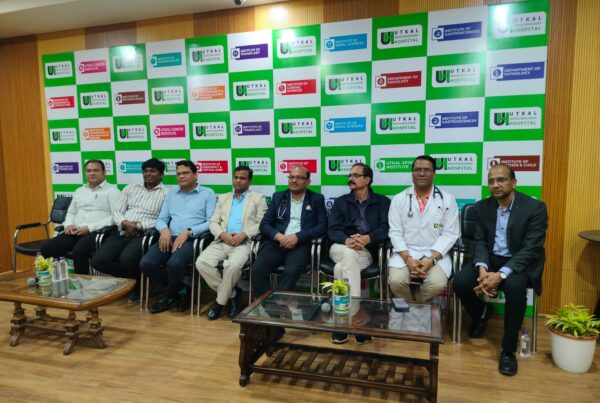A landmark study spearheaded by the All India Institute of Medical Sciences (AIIMS), New Delhi, has uncovered a troubling prevalence of bloodstream infections acquired during hospital stays due to catheter use across intensive care units (ICUs) in India. Published today in The Lancet Global Health, the research highlights both the high frequency of these infections and the growing threat posed by antibiotic-resistant pathogens.
The study drew from data collected between 1 May 2017 and 30 April 2024, covering 200 ICUs across 54 hospitals. During this seven-year surveillance, researchers documented 8,629 laboratory‑confirmed central line‑associated bloodstream infection (CLABSI) events, spanning 3,054,124 patient‑days and 977,052 central line‑days. The resulting pooled CLABSI rate stood at 8.83 per 1,000 central line‑days.
Infections were notably more frequent during the 2020–21 COVID‑19 peak, a period marked by overburdened ICUs, shortages of medical staff, and weakened infection‑prevention protocols.
CLABSIs are preventable yet pose serious risks, especially in low‑ and middle‑income countries like India. These infections contribute significantly to patient morbidity and mortality and impose heavy burdens on already strained public healthcare systems—longer stays, higher costs, and more complex treatment regimens are common outcomes.
The study underscores the urgent need to establish systematic surveillance to better track catheter‑related infections and to implement robust infection‑control strategies tailored to India’s healthcare infrastructure. Researchers advocate for nationwide adoption of preventive protocols that can curb infection rates and save lives.
| Key Insight | Details |
|---|---|
| Timeframe | May 2017 – April 2024 |
| Scope | 200 ICUs, 54 hospitals across India |
| CLABSI Rate | 8.83 infections per 1,000 central line‑days |
| COVID‑19 Impact | Highest infection rates during 2020–21 due to strained ICU resources |
| Antibiotic Resistance | Infections often caused by drug-resistant microbes (though detailed data not provided, the study warns of this trend) |
| Recommendations | Implement surveillance systems and strengthen infection-prevention efforts |
The AIIMS‑led study offers the first standardized, large‑scale surveillance of catheter-associated bloodstream infections across India, revealing a significant and widespread public health challenge. As policymakers, hospital administrators, and clinicians digest these findings, the study lends urgency to establishing surveillance systems and infection‑control protocols that could meaningfully reduce CLABSI rates and improve patient outcomes nationwide.




